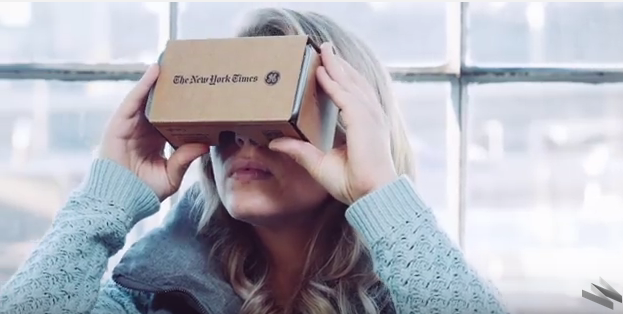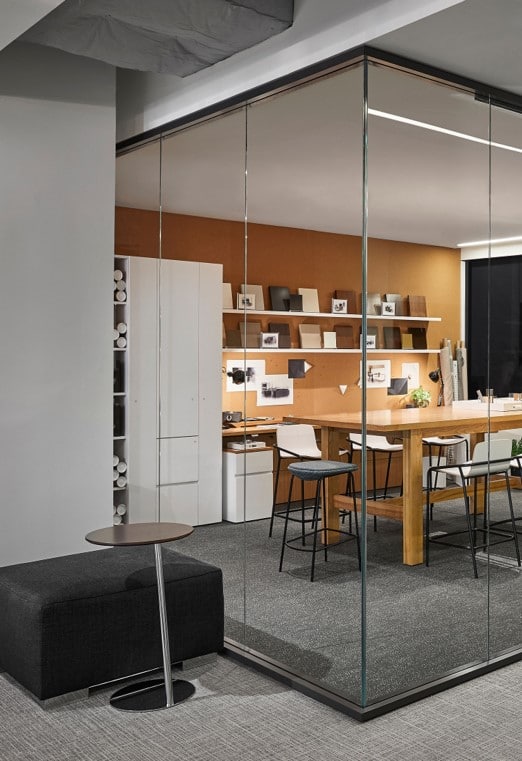Some may remember Bob Dylan’s song
from 1964, “The Times They Are A Changin.’”
As we look at 2017, over half a century since the release of Dylan’s iconic social ballad, those words still ring true. Times are definitely changing and they’re changing even faster than Dylan imagined.
You could call this the era of altered reality. It’s a time when even Millennials are almost ‘old school’ and technology is not part of life… it is life.
The pundits, experts and futurists all agree that 2017 is going to focus increasingly on the virtual experience as opposed to what we used to call ‘real life’ experience. It’s both exhilarating and terrifying to think that for emerging generations ‘virtual’ is now ‘real.’
In 2017 we’ll see more mainstream businesses embracing digital possibilities in an effort to align with generations now entering the work force. It’s a case of ‘adapt or die.’ Businesses that don’t cater to markets seeking experiences in a virtual, technology created world will simply become irrelevant.
It’s a new world order reminiscent of an Isaac Asimov novel.
A glimpse of what’s being predicted for the coming year:
Mixed reality is the new reality.
Remember Pokemon Go? A few years ago, imagining people of all ages and backgrounds running round town chasing a virtual entity would have been ludicrous.
We’re going to be seeing this time of physical world ‘enhancement’ happening more frequently as businesses tap into the phenomenon for commercial purposes.
Here’s a video that gives insight into the different types of reality evolving:
Experience as a Status.
Status used to be conveyed by possessions, titles and experiences that money could buy. World traveling, education, extreme sports. But, why worry about physical limitations when you can live the experience in a virtual world accessible to almost everyone? Psychologists have long told us that what we see on the screen becomes indistinguishable from what we physically see and experience. A memory from a virtual reality game becomes our own experience as if it had really happened to us.
We’re already seeing Millennials choosing experiences in lieu of property and asset ownership – now those experiences are even more easily accessible.
The Internet is the Shopping Mall.
Online shopping is outpacing brick and mortar shopping. It’s easy to understand why. You have access to all the world has to offer with the click of a mouse – or more likely a flick of the finger on your mobile device. Much easier, less expensive and more convenient than battling traffic and line ups at the local mall.
And it’s not just the local mall that’s being impacted by online sales. Everything from luxury brand vehicle parts to real estate can be bought online.
The Internet of Things – the Ultimate Connection.
Quantum physics says everything is connected. In the Internet of Things this is a ‘tangible’ reality. The World Wide Web is spun ever wider yet ever tighter as almost any information or asset you may ever need is available and accessible online. This is impacting the way business is done and will continue to do so.
Artificial Intelligence is Mainstream.
Siri, Echo and a host of other virtual assistants are making artificial intelligence accessible to the masses. Robots that simulate humans are becoming increasingly ‘real’ and more useful. This is fueling the rise of a ‘jobless’ society where going to a corporate building is no longer seen as a necessity in order to earn a living. While it’s unlikely that the ‘office’ will ever completely disappear, remote working is now mainstream.
A Closer Connection with Customers Than Ever Before.
All of the above developments make it possible for businesses to cultivate much closer relationships with customers than ever before. Old style marketing, where a company would put out a carefully crafted advertising message, is (forgive the pun) virtually dead. Now, businesses can dialogue with customers in real time across time zones and geographic boundaries. Opportunities and pitfalls abound. While it’s quicker, easier and more practical than ever to sell to anyone anywhere, businesses are realizing that it’s just as quick and easy for disgruntled customers – or competitors – to create negativity around their brand.
The push to influence customers, create good P.R. and negate bad P.R. virtually via social media will continue with even greater dedication.
Personal Fulfillment Training Trumps Management Training.
Much more focus is being put on attracting talent and then developing it to its full potential. It’s more about using latent human potential to achieve a result than training a management clone according to a restrictive job description.
Millennials, Gen Y and Z, demand strategic mentoring and customized personal development to achieve their goal of impacting the world. Businesses will pay greater attention to satisfying these demands as the workforce demographic tips further toward the younger generations.
More reading:
https://www.forbes.com/sites/sarwantsingh/2016/12/05/top-17-trends-for-2017/#32b7f97060e7
https://trendwatching.com/trends/5-trends-for-2017/
https://www.wired.com/2016/04/differences-between-vr-mr-ar/
https://www.inc.com/leonard-kim/10-business-trends-that-will-grow-in-2017.html




